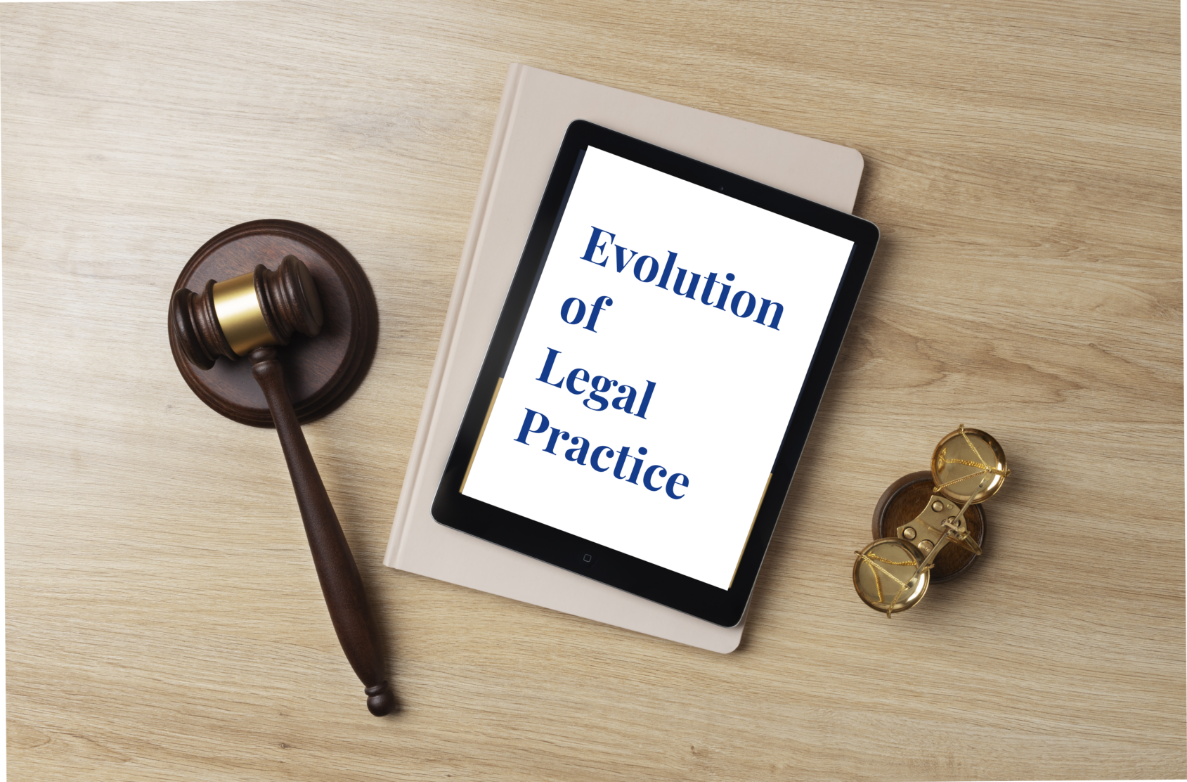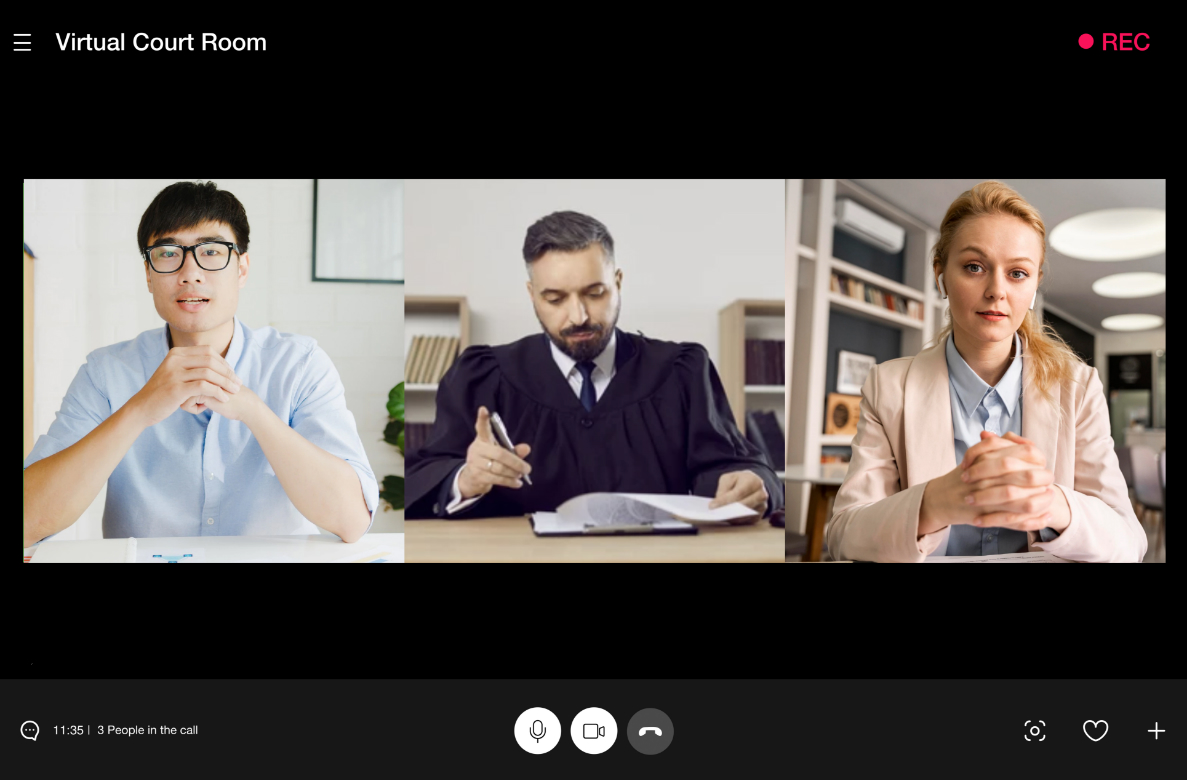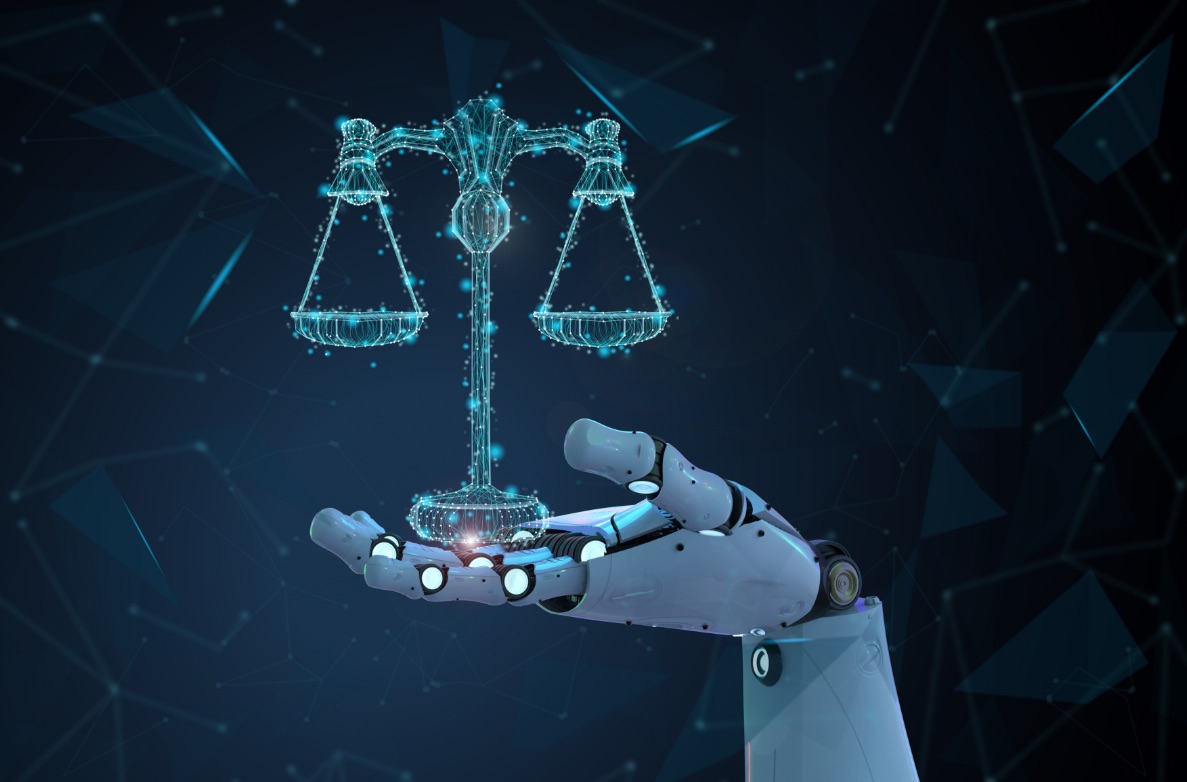Latest Update 2 years ago
Then & Now: Tracking the Evolution of Legal Practice Through Legal Tech
From basic and bulky computer systems to advanced platforms and devices powered by Artificial Intelligence, legal technology has come a long way while ensuring that the law remains accessible and profitable

Technology, in some form or the other has always been present – promising a better tomorrow and quietly guiding us all to it. From stone tools, to the wheel and now to Artificial Intelligence, human evolution and our capacity to adapt with change can all be easily tracked through the forms of technology we have used over time. And anyone tracking it would just as easily know that the dramatic spike in the trends witnessed in the past few decades all point to one singular, but all-encompassing shift in the way we learn, process and assimilate information – also known as the computer revolution.
The revolution shook and reshaped almost every aspect of human life to its very core; and within the legal industry, it was no different. Today, legal technology has evolved into a massive industry of its own. From basic and bulky computer systems to advanced platforms and devices powered by Artificial Intelligence, legal technology has come a long way while ensuring that the law remains accessible and profitable. So, to perhaps aid in that endeavour, here’s a unique guide – one that looks at the simple but ingenious legal tech solutions and tracks their evolution over time.
Notes & Dictation
| Then | Now |
|---|---|
| There was a time when assistants and secretaries were hired simply for their typing and short-hand skills; but all that changed when dictation machines were marketed specifically to law firms in the 1950s. The machines were time saving, more reliable and allowed lawyers the flexibility to record first and have their notes transcribed later; but unfortunately, they were also expensive, often clunky and complex to operate. | Today, apps and softwares have developed to such an extent that lawyers with just their smartphones can easily record and dictate information and have it accurately transcribed in real time. Most legal softwares are equipped with multi-tasking abilities that now allow lawyers to not just record and transcribe notes, but also reference, compare and share ideas, set goals and reminders and categorically archive any and all information. |
Research & Documentation
| Then | Now |
|---|---|
| Stacks of books and even bulkier stacks of documents were replaced by computers in the early 1970s when Lexis introduced the ‘UBIQ’ Terminal – a ground-breaking system that allowed lawyers to search case laws online, accelerating the pace of practice considerably. With the introduction of personal computers (PCs) and word processing systems, by the late 1970s most law firms were equipped with central word processing departments and fax machines that usurped the age of carbon paper and manual cutting and pasting. | Today, the ‘UBIQ’ Terminal has paved the way to LexisNexis, Manupatra and other e-Discovery services have enhanced the scope and reach of research – effectively even changing the way lawyers are taught and trained. Increasingly enabled by Artificial Intelligence, advanced research platforms are allowing lawyers and law students to access a wealth of information with just a few choice key words and a click of a button. On the other hand the earlier word processing systems have developed to such an extent that they now fit in our smartphones and come equipped with advanced features like autocomplete and autocorrect! |
Management & Communication
| Then | Now |
|---|---|
| Building on the then new-found convenience of computers and fax machines, early case management systems were first introduced in the 1980s. Unfortunately, they weren’t as widespread as expected, and weren’t as easily scalable as most law firms still preferred the use of DOS over Windows. But eventually with the migration to Windows and the introductions of e-mails and computer networks, the case management systems of the 1990s came with reliable communication capabilities, but still struggled to provide comprehensive document management services. | Today, the Internet has effectively shrunk the world and it now plays host to several platforms that leverage a number of modern tech tools in carefully planned ways that help lawyers and law students access the exact information they need and easily manage client matters from anywhere at any time. Armed with capabilities like document creation, cloud storage, contract management, billing systems, case and matter management systems and advanced communication systems like e-mail, instant messaging and video conferencing, the new platforms are saving lawyers precious time, effort and money. |












